 |
U.S. Power Squadrons
|
United States Power Squadrons Ensign
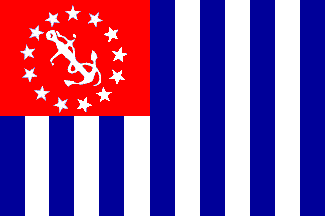
Related material:
Return to Sea Flags home page
About the United States Power Squadrons
The U.S. Power Squadrons are associations of private boaters for the promotion
of safer boating through educational and awareness programs. They
originated in the power squadron founded within the Boston Yacht Club in
1913. Boats commanded by members of the USPS may fly the USPS ensign,
which is a registered trademark of the U.S. Power Squadrons. It was
adopted by the USPS and registered with the U.S. Patent Office in 1916.
Simultaneously, the Power Squadrons attempted to obtain statutory endorsement
of the use of this flag in lieu of the national ensign, much as the yacht
ensign had come to be used. The organization argued that a special
flag was required to indicate boats whose crews were specially qualified
to render assistance to the Department of Commerce's boating safety efforts.
This effort was strongly opposed by both the Navy and Treasury Departments,
which held that no flag but the Stars and Stripes should be flown at the
stern or peak--the customary locations for flying the ensign identifying
a vessel's nationality. Certainly no private organization's flag
should be granted recognition equal to that of the national flag.
Finally, the Treasury objected to the similarity between the USPS flag
and the Coast Guard ensign, with
their cantons and vertical stripes. As a result, Congress never approved
the Power Squadrons' request and the flag remains only that of the Power
Squadrons as a private organization.
The preferred point of hoist for the USPS ensign is the starboard spreader
of a boat's mainmast. USPS rules also permit it to be flown at the
stern staff, peak of the gaff, or leech of the mainsail, but to put it
at any of these spots is to usurp the place of honor which is properly
occupied only by the national ensign or, by custom, the yacht ensign when
in U.S. waters. The USPS ensign is no more a recognized sign of U.S.
nationality now than it was in 1916 when the Navy and Treasury so strongly
objected to its being used as one.
In addition to the flag of the national organization, individual squadrons
may have squadron burgees, equivalent to yacht
club burgees, which can be flown both day and night at the same points
of hoist normally used for club burgees.
Return to top of page
Officers' Flags in the U.S. Power Squadrons
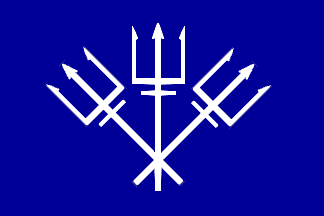
National Chief Commander |

District Commander |
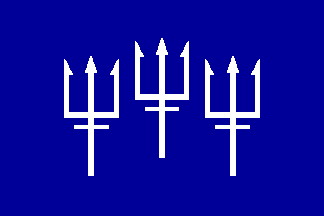
Squadron Commander |
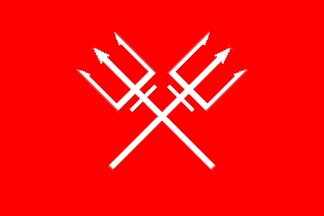
National Vice Commander |
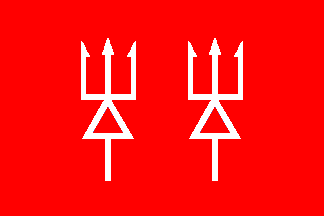
District Lieutenant Commander |
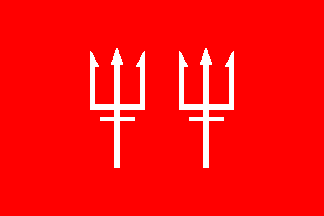
Squadron Lieutenant Commander |
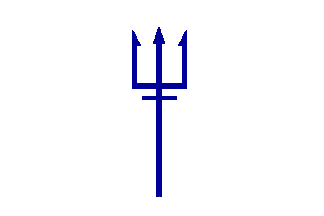
National Rear Commander |
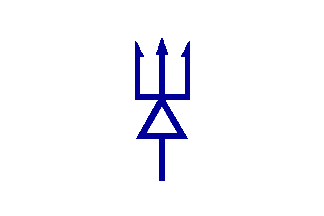
District First Lieutenant |
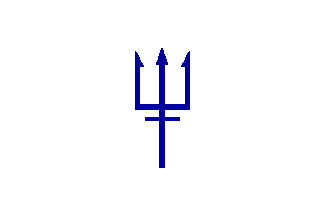
Squadron First Lieutenant |
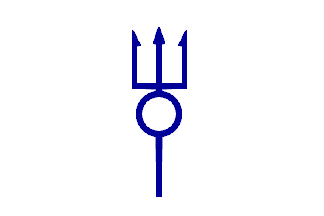
Staff Captain |
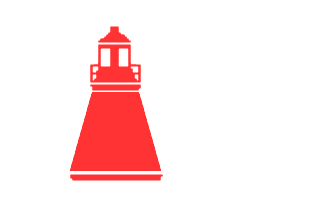
Port Captain |
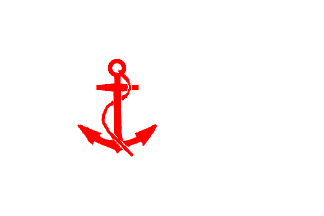
Squadron Fleet Captain |
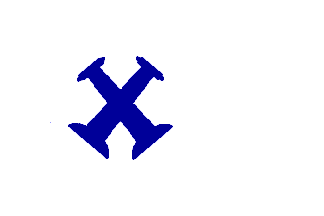
National Flag Lieutenant |
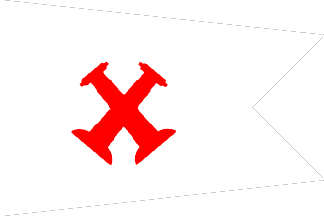
District Flag Lieutenant |
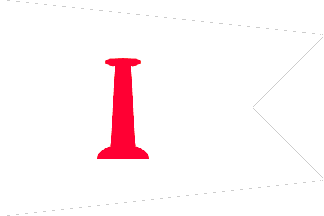
Squadron Flag Lieutenant |

National Commander's Aide or Chaplain |
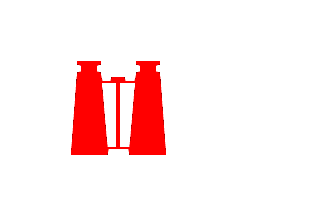
District Commander's Aide or Chaplain |
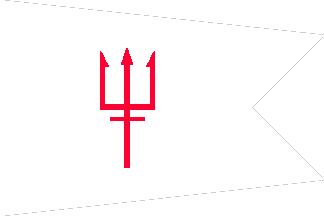
Squadron Lieutenant |
Return to top of page
Return to Sea Flags home page



















